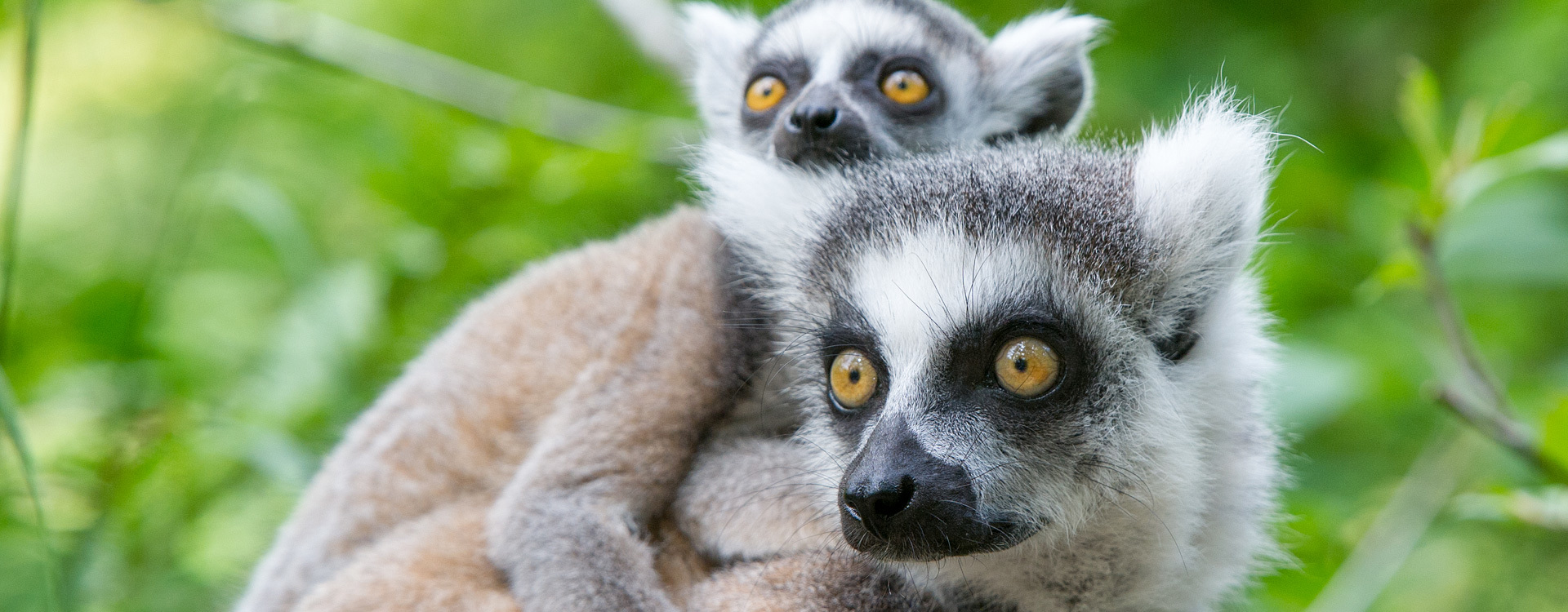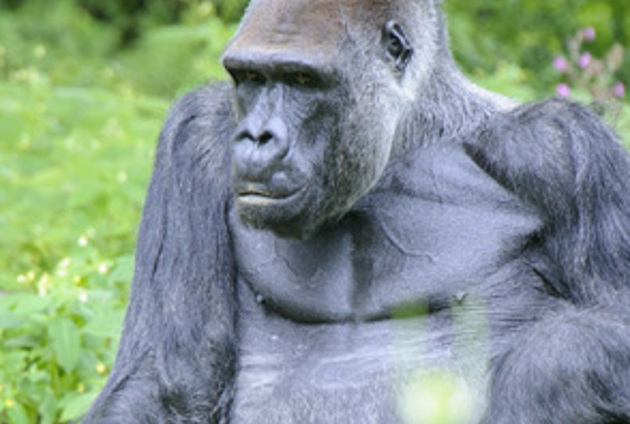
Ons verhaal
Apenheul was set up in 1971 by Wim Mager, a photographer from Rotterdam.In the 1960s he bought two marmosets in a pet shop (which was still possible at that time). What started as a hobby quickly got out of hand. The marmosets had children and Wim decided to give up his job as a photographer and develop the apen-heul idea instead
The Apenheul concept
Wim has a special way of looking at primates. The concept was simple: people have more fun with animals when the animals are having a good time and can do their own thing. So instead of putting primates in cages and behind bars it would be better to have them in large, green, natural habitats in a wooded area.
(‘apen’ means ‘apes’ or ‘monkeys’ and 'heul' is an archaic Dutch word for 'refuge’, or ‘safe place').
Free roaming primates
On 12 July 1971, Wim Mager made his dream a reality. The park started with some woolly monkeys, some marmosets and a pair of spider monkeys. Which all just roamed freely among visitors! The park was small, but revolutionary and the concept worked well. The monkeys had children and the visitors really enjoyed the experience. Reason enough to expand and to start introducing more primate species.
The first gorilla babies
The first gorillas arrived in 1976. Three years later, the first gorilla baby was born. The babies were raised ‘normally’ by their mothers – and that is special in captivity.
Apenheul began receiving more and more visitors. Primatologists and zoo workers started coming from all over the world to learn from this unique setup – and they still come today.
Setback
A major setback occurred in 1981. The cabin in which Apenheul had started burnt down. 38 tamarins and 8 spider monkeys lost their lives. A spider monkey named Pepi is one of the survivors who still lives at the park.
Apenheul overcame this setback and built a new main building. New primate species were also introduced to the park, such as gibbons, Barbary macaques and Lion tamarins.
The reintroduction of lion tamarins to the wild
In the early eighties and nineties, Apenheul successfully participated in a Golden Lion tamarin reintroduction programme. For the first time in history, a Dutch zoo released animals that were born in captivity into the wild. In Brazil, there are now direct descendants of lion tamarins who began their lives at Apenheul.
Apenheul Primate Conservation Trust
In 1994, the Apenheul Primate Conservation Trust (APCT) was established. Apenheul actively participates in nature conservation worldwide. We offer financial support, manpower and initiate our own (successful) projects.
Bonobos and orangutans
In the 90s, two different great ape species come to Apenheul. The bonobos arrive in 1996, and the orangutans follow in 1999. For their arrival we designed a special enclosure, which is completely adjusted to the way orangutans normally live.
About Wim Mager
Wim Mager left for France in 1997. He founded a second park there ‘La Vallée des Singes’ along the same conceptual lines. Eleven years later, on 23 March 2008, Wim Mager died at the age of 67. The way in which primates are kept and seen in zoos would never have come as far as it has today without Wim Mager. The entire zoological community and Apeheul itself, of course, will always be grateful to Wim Mager for this achievement.
Opening De St@art
On 8 June 2010, Princess Máxima opened De St@art, a venue on the edge of Apenheul and Stadspark Berg & Bos. This new building winds its way through the landscape like a tail. The building is CO2-neutral and is, among other things, the site of Apenheul’s offices. But, above all, it is a fantastic meeting and conference location with which Apenheul collaborates to offer possible activities for business groups.
Related pages
Welcome to Apenheul
Open from:
10.00 hour
